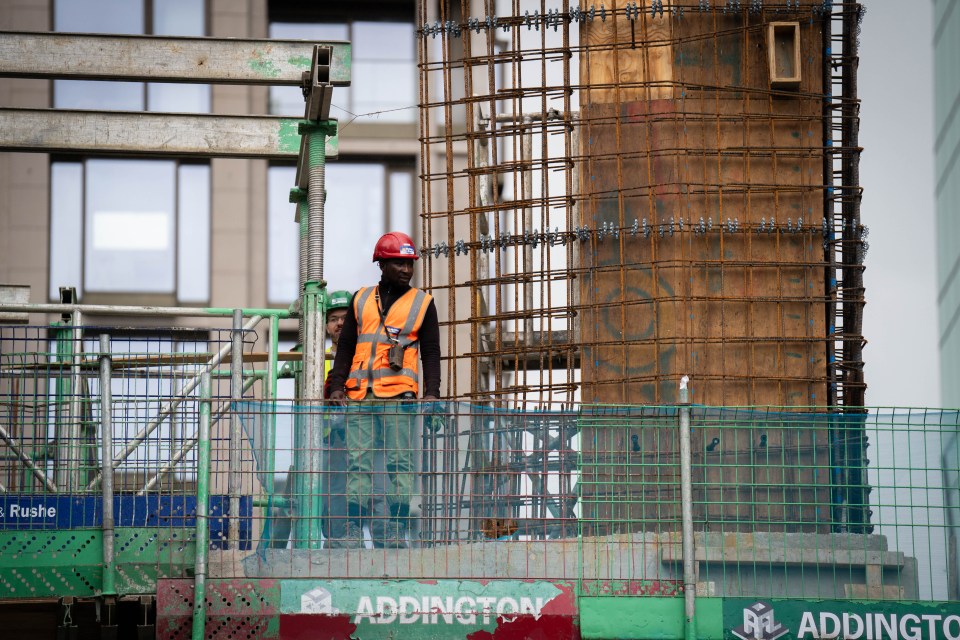‘Docklands 2.0’: Michael Gove outlines vision for new higher density London

Michael Gove has outlined the government’s vision to create a “Docklands 2.0” in a key speech on housing policy, calling for higher density urban development.
The housing and levelling up secretary cited the “ambitious approach” of Margaret Thatcher and Michael Heseltine and warned housing “inefficiency” is costing Britain’s productivity.
It comes as the prime minister hit out against “top-down targets” on housebuilding amid signs government is rowing back on the Tory manifesto commitment to build 300,000 homes a year by the mid-2020s.
Sunak told reporters at a housing development site in the West Midlands: “We are making progress, I’m proud of that progress and we’re not stopping there. But we’ve got to do it in the right way, I don’t want to concrete over the countryside, that’s something that is very special about Britain.”
Speaking at the King’s Place, Gove said rural house building was greater than in urban areas, with “population densities much lower than comparable competitor Western nations, we occupy more land with fewer people”, which he said was putting more pressure on suburbs.
Gove said: “We’re planning to intervene using all the arms of government… our ambition in London is a Docklands 2.0 – an eastward extension along the Thames of the original Heseltine vision.
“Taking in the regeneration of Charlton Riverside and Thamesmead in the South and the area around Beckton and Silverton to the north.
“Tens of thousands of new homes can be created. Beautiful, well connected homes and new landscapes are integral to our vision, all sympathetic to London’s best traditions.”

‘We owe it to Londoners’
However, he said the ambition also included better east-west transport connections crowding in local, private and state investment; and preserving the “low rise and richly green” outer boroughs.
The minister added that “we owe it to Londoners and the nation’s economic well-being to get this right, to regenerate inner and east London”.
He insisted he “reserved the right” to redraft the London Plan – the blueprint for the capital’s future planning and development – if necessary.
James Blakey, planning director at Moda Living, a rental community developer, said: “The housing crisis continues to worsen and there is a clear need for a dramatic step-change.
“The proposals announced today do not go far enough. Government needs to make tough choices so more land is available for housing and the planning system is fully resourced, rather than creating unrealistic expectations that the housing question can be solved by massing housing in the biggest cities alone.”
‘Damb squib?’
While London Chamber chief executive Richard Burge warned against sacrificing London’s economy to provide more affordable homes.
“To do away with industrial land would be to undermine the efficacy of businesses and their ability to meet changing consumer needs, and would also do away with vital employment opportunities,” he said.
“In a global city, economically important sites must not be overlooked or London’s economy will suffer.”
And property research analyst Oli Creasey described the announcement as “somewhat of a damb squib”.
He said: “Our initial view is that this is unlikely to have a significant impact on the number of planning approvals, or the number of homes built.
“The fact that [housebuilders’] share prices have been largely unchanged this morning tells you all you need to know – nothing will really change and the chronic shortfall of housing in the UK will continue.”
